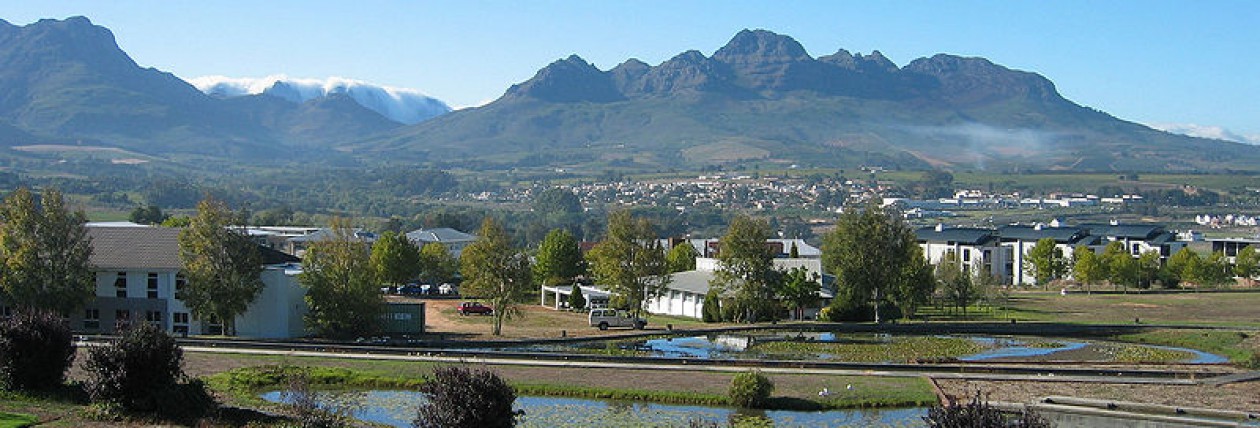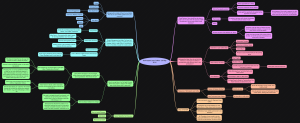Stellenbosch Lean Coffee – 24 July 2014
Improv in Agile
- What is improvisation?
- Made up in the moment… No script
- Baking vs Cooking
- Baking is specific, based on a recipe… like scripted theater, where we execute according the the script or recipe.
- e.g. waterfall
- Cooking is more ‘in the moment’ collaboration and problem solving. Can be more creative.
- Agile and its feedback loop
- Baking is specific, based on a recipe… like scripted theater, where we execute according the the script or recipe.
- Improv Actors deal with
- Uncertainty
- Pressure
- Need for collaboration
- Improvisation applied to Agile Teams
- Reference to an interview with Ikubu on the use of Improv to help generate ideas in an engineering environment:
- Reference to an article on Improv and Agile
- Can be used to enhance the team cohesion and spirit
- Improvisers and creative people need to avoid working in a state of emotional arousal, be it positive or negative. Effective collaboration requires brain activity that is not emotionally aroused.
- Improv exercises help develop the ability to resist that emotional arousal.
- Improv exercises for about an hour every two weeks would be very beneficial.
- Types of exercises for use in Agile Teams
- Improv exercises in the retrospective can also be beneficial (e.g. describe this sprint).
- Silent Stop/Start exercise (Jolt)
- Need to be aware of ’emtpy spaces’
- Need to be alert to others’ intentions
- This allows us to collaborate
- When the trigger to stop/start is silenced, the team still carries on
- Indicative of a ‘self-organising’ team
- Benefits of Improv
- Helps develop the pre-frontal cortex
- Reframing of problems
- Mindfulness of what is going on
The role of emotions in Agile Teams
Proponent: Burgert Kirsten of Playing Mantis, Psychologist & Improvisational Actor
- Question: How have we experienced emotions in Agile Teams?
- Emotions in this environment may be difficult to determine, as devs/engineers are usually very introverted.
- Unless they’re mobile developers or involved in UI/UX, in which case they tend to be more extrovert.
- Emotional lows and frustrations in various ceremonies
- Emotional highs when we realise that we have a voice and a say via the retrospectives.
- Resistance to process when Agile is imposed, by policy, as the methodology to use.
- Through the retrospective (properly run) the resistance turned to support and enthusiasm.
- Unhappiness when Agile Methodologies are not followed properly or used as a micromanagement tool.
- Fear: As in fear of public demos.
- In some companies, all of management participates in the demonstrations, which is intimidating
- Is this ok? Should there be an audience at the demo other than the development team and the product owner?
- What is the purpose of demos?
- How do we remove fear from the demos?
- Stand-ups where everyone, bar the president of the company, is present.
- These should be only for the development team. I.e. Only the people doing the work.
- Negative emotions are triggered when the focus is on what the person did with regard to the task, and not on the task itself.
- In some companies, all of management participates in the demonstrations, which is intimidating
- Emotions in this environment may be difficult to determine, as devs/engineers are usually very introverted.
- Some insights shared by Burgert Kirsten
- We are geared to
- Seek rewards and pleasure
- Avoid pain and threats
- Emotions within a team dynamic can be considered in terms of the acronym SCARF:
- S for Status: If status is threatened
- Fear of judgement causes negative emotions and resistance
- C for Certainty: Lack of certainty
- Causes negative emotions and resistance
- A for Autonomy: Lack of autonomy
- No choice, micromanagement are causes of negative emotional responses.
- R for Relatedness: Not being able to relate to others
- Not knowing other people.
- If you don’t know someone, you tend to see them as a foe. When a connection is made, only then can we see them as a friend.
- Meaningful relationships at work. Lack of, causes negative emotional responses.
- F for Fairness: The perception of fairness
- Feeling of being treated unfairly causes negative emotional responses.
- S for Status: If status is threatened
- Emotions within a team dynamic can be considered in terms of the acronym SCARF:
- We are geared to
Gathering & Refining Scope
- Gathering is done with Tech Lead and Product Owner
- Don’t overthink or over-engineer stories
- Over thinking tends to be wasteful.
- Mind mapping has been used to determine the scope of a user story
- First expand the mind map with everything you can think of. Include everything that may pertain to the user story.
- After the expansion, choose the minimum set of features that will make the user story implementation acceptable by the product owner.
- Where do we gather scope?
- After Product Owner has discussed with client, Product Owner engages with Development team in Backlog Grooming Sessions.
- After sufficient backlog grooming has taken place, Sprint planning I is where the Development Team and Product Owner agree on what is in scope.
- Pareto Principle
- Law of the Vital Few
- Roughly 80% of the effects come form 20% of the causes.
- 20% of your implemented features will satisfy 80% of clients’ requirements.
- Pareto Principle
What is an epic?
- A story is too big to fit into a single sprint.
- Usually describes higher level of a larger feature.
- Backlog item
- References (based on Mike Cohn’s “User Stories Applied”).
Burn-up Charts
- As opposed to a burn-down chart, which is viewed at every stand-up during a sprint, the Burn-up chart is viewed at the end of every sprint, and shows the progress in terms of a longer term release plan.
- It depicts the number of story points that are in scope for the release target, along with our current status in terms of the ideal, a trend line indicating whether we meet the target or not based on current velocity.
- Can be used instead of ‘gantt charts’ in order to communicate project status in terms of the release target to customers.
- Reference to a Google Doc Template for a Burn-up Chart with sample data:
Backlog Grooming
- Frustrations
- Not enough of it
- Not enough detail in stories
- Ungroomed stories popping up out of the blue, bypassing groomed stories
- Adressed by means of increased collaboration
- Clear up uncertainties on the spot with Product Owner
- Causes delays within the sprint and has a definite impact, so it must be avoided.
- Backlog Grooming must be focused and with clear scope.
- Roles within the grooming must also be understood and each role must contribute whatever their role entails.
- Following a half-baked approach to either Scrum or Kanban is not ideal. Understand the roles, ceremonies and artifacts and use them effectively… at least for a number of sprints before ‘chopping and changing’.
- Frequency?
- Regularity?

